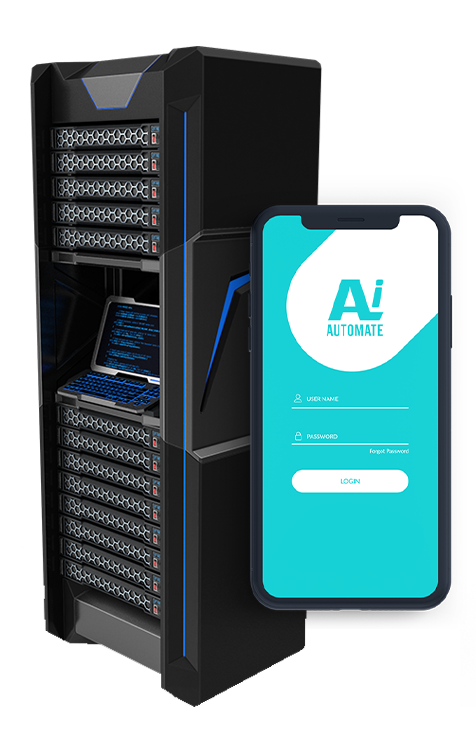Tire Pressure Monitoring System Integration
Tire Pressure Monitoring System (TPMS) integration offers businesses several key benefits and applications, including:
- Fleet Management: TPMS integration enables businesses to monitor and manage tire pressure across their fleet of vehicles. By receiving real-time data on tire pressure levels, businesses can identify and address issues promptly, reducing the risk of tire blowouts, improving vehicle safety, and extending tire life.
- Fuel Efficiency: Properly inflated tires improve fuel efficiency by reducing rolling resistance. TPMS integration allows businesses to ensure that their vehicles' tires are always at the optimal pressure, maximizing fuel savings and reducing operating costs.
- Predictive Maintenance: TPMS data can be integrated with predictive maintenance systems to identify potential tire issues before they become major problems. By monitoring tire pressure trends and identifying gradual changes, businesses can schedule maintenance proactively, reducing downtime and unexpected repair costs.
- Compliance and Safety: TPMS integration helps businesses comply with regulations and ensure the safety of their fleet. Real-time tire pressure monitoring allows businesses to quickly identify and address underinflated or overinflated tires, reducing the risk of accidents and improving overall vehicle performance.
- Improved Driver Behavior: TPMS integration can provide feedback to drivers on tire pressure levels, promoting responsible driving habits. By alerting drivers to tire issues, businesses can encourage them to maintain proper tire pressure, reducing the risk of tire-related incidents and improving overall vehicle safety.
- Data Analytics and Optimization: TPMS data can be analyzed to identify patterns and trends in tire performance. Businesses can use this data to optimize tire selection, maintenance schedules, and fleet operations, resulting in improved efficiency and cost savings.
Tire Pressure Monitoring System integration offers businesses a range of benefits, including improved fleet management, fuel efficiency, predictive maintenance, compliance and safety, improved driver behavior, and data analytics for optimization. By leveraging TPMS data, businesses can enhance their fleet operations, reduce costs, and ensure the safety and reliability of their vehicles.
• Identification and addressing of tire issues promptly
• Improved fuel efficiency by ensuring optimal tire pressure
• Predictive maintenance to identify potential tire issues before they become major problems
• Compliance with regulations and improved safety by ensuring proper tire pressure
• Feedback to drivers on tire pressure levels to promote responsible driving habits
• Data analytics to identify patterns and trends in tire performance
• Predictive maintenance subscription
• Data analytics subscription






